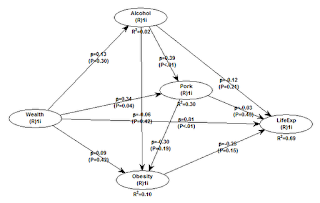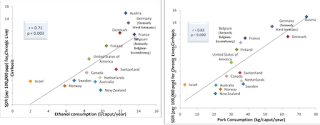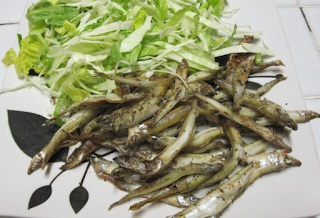Gaining muscle and losing fat at the same time: If I can do it, anyone can
The idea of gaining muscle and losing fat at the same time seems impossible because of three widely held misconceptions: (a) to gain muscle you need a calorie surplus; (b) to lose fat you need a calorie deficit; and (c) you cannot achieve a calorie surplus and deficit at the same time. Not too long ago, unfortunately I was in the right position to do some self-experiments in order to try to gain muscle and concurrently lose fat, without steroids, keeping my weight essentially constant (within a range of a few lbs). This was because I was obese, and then reached a point in the fat loss stage where I could stop losing weight while attempting to lose fat. This is indeed difficult and slow, as muscle gain itself is slow, and it apparently becomes slower as one tries to restrict fat gain. Compounding that is the fact that self-experimentation invariably leads to some mistakes. The photos below show how I looked toward the end of my transformation from obese to relatively lean (right), and t



